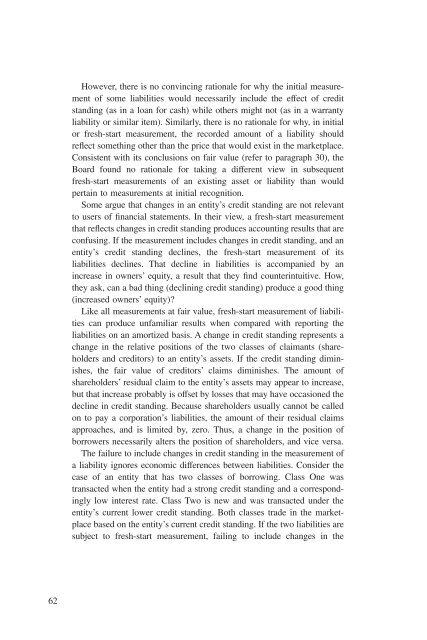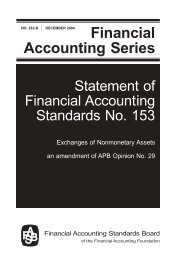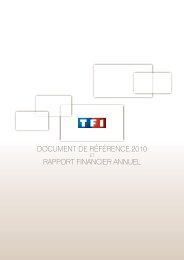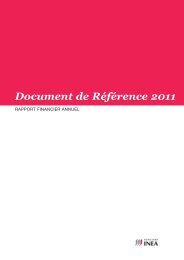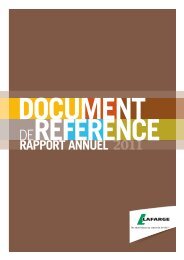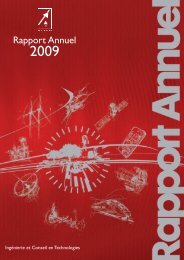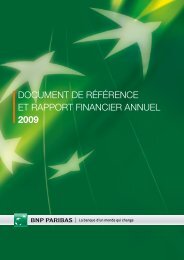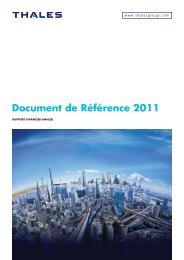Statement of Financial Accounting Standards No. 157 - Paper Audit ...
Statement of Financial Accounting Standards No. 157 - Paper Audit ...
Statement of Financial Accounting Standards No. 157 - Paper Audit ...
Create successful ePaper yourself
Turn your PDF publications into a flip-book with our unique Google optimized e-Paper software.
62<br />
However, there is no convincing rationale for why the initial measurement<br />
<strong>of</strong> some liabilities would necessarily include the effect <strong>of</strong> credit<br />
standing (as in a loan for cash) while others might not (as in a warranty<br />
liability or similar item). Similarly, there is no rationale for why, in initial<br />
or fresh-start measurement, the recorded amount <strong>of</strong> a liability should<br />
reflect something other than the price that would exist in the marketplace.<br />
Consistent with its conclusions on fair value (refer to paragraph 30), the<br />
Board found no rationale for taking a different view in subsequent<br />
fresh-start measurements <strong>of</strong> an existing asset or liability than would<br />
pertain to measurements at initial recognition.<br />
Some argue that changes in an entity’s credit standing are not relevant<br />
to users <strong>of</strong> financial statements. In their view, a fresh-start measurement<br />
that reflects changes in credit standing produces accounting results that are<br />
confusing. If the measurement includes changes in credit standing, and an<br />
entity’s credit standing declines, the fresh-start measurement <strong>of</strong> its<br />
liabilities declines. That decline in liabilities is accompanied by an<br />
increase in owners’ equity, a result that they find counterintuitive. How,<br />
they ask, can a bad thing (declining credit standing) produce a good thing<br />
(increased owners’ equity)?<br />
Like all measurements at fair value, fresh-start measurement <strong>of</strong> liabilities<br />
can produce unfamiliar results when compared with reporting the<br />
liabilities on an amortized basis. A change in credit standing represents a<br />
change in the relative positions <strong>of</strong> the two classes <strong>of</strong> claimants (shareholders<br />
and creditors) to an entity’s assets. If the credit standing diminishes,<br />
the fair value <strong>of</strong> creditors’ claims diminishes. The amount <strong>of</strong><br />
shareholders’ residual claim to the entity’s assets may appear to increase,<br />
but that increase probably is <strong>of</strong>fset by losses that may have occasioned the<br />
decline in credit standing. Because shareholders usually cannot be called<br />
on to pay a corporation’s liabilities, the amount <strong>of</strong> their residual claims<br />
approaches, and is limited by, zero. Thus, a change in the position <strong>of</strong><br />
borrowers necessarily alters the position <strong>of</strong> shareholders, and vice versa.<br />
The failure to include changes in credit standing in the measurement <strong>of</strong><br />
a liability ignores economic differences between liabilities. Consider the<br />
case <strong>of</strong> an entity that has two classes <strong>of</strong> borrowing. Class One was<br />
transacted when the entity had a strong credit standing and a correspondingly<br />
low interest rate. Class Two is new and was transacted under the<br />
entity’s current lower credit standing. Both classes trade in the marketplace<br />
based on the entity’s current credit standing. If the two liabilities are<br />
subject to fresh-start measurement, failing to include changes in the


